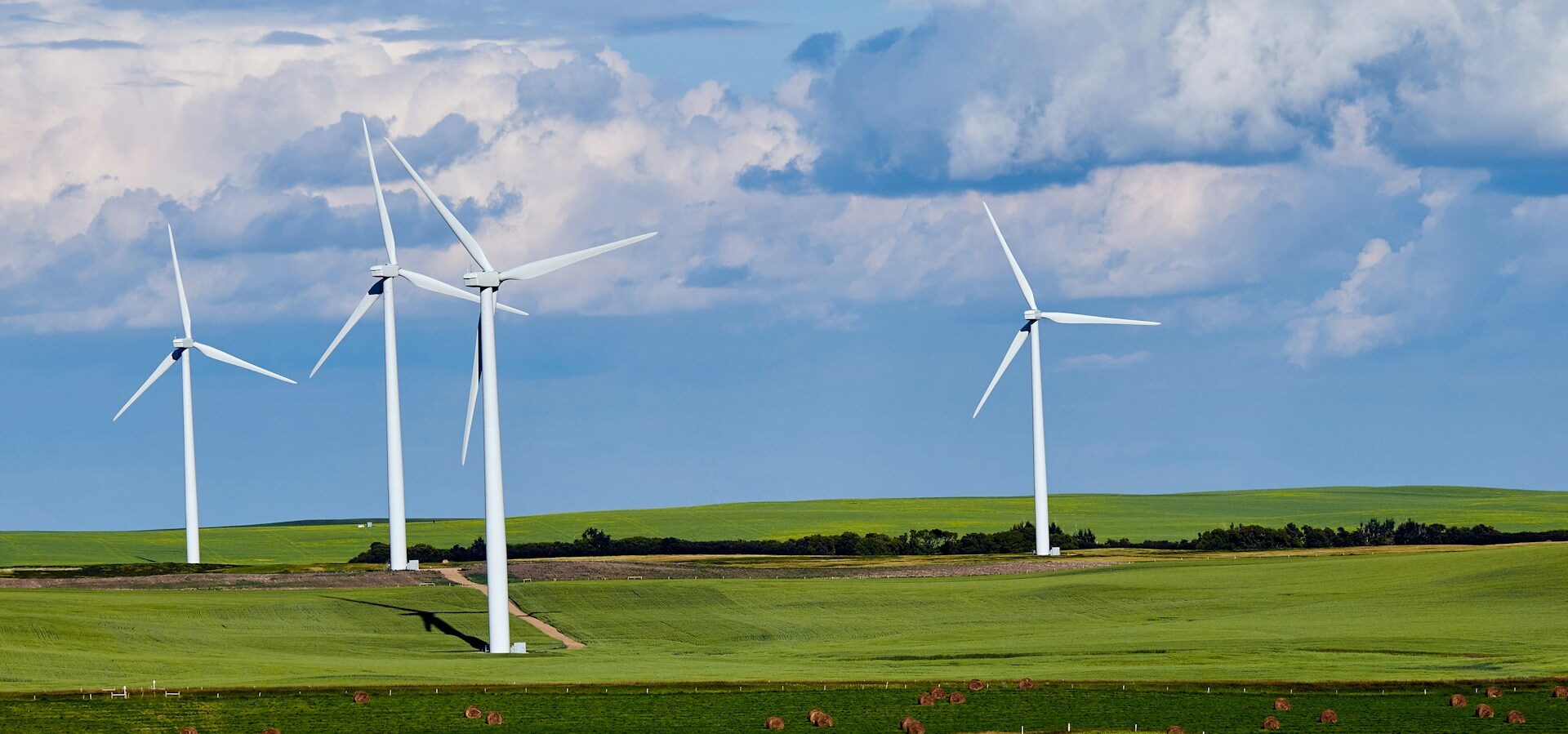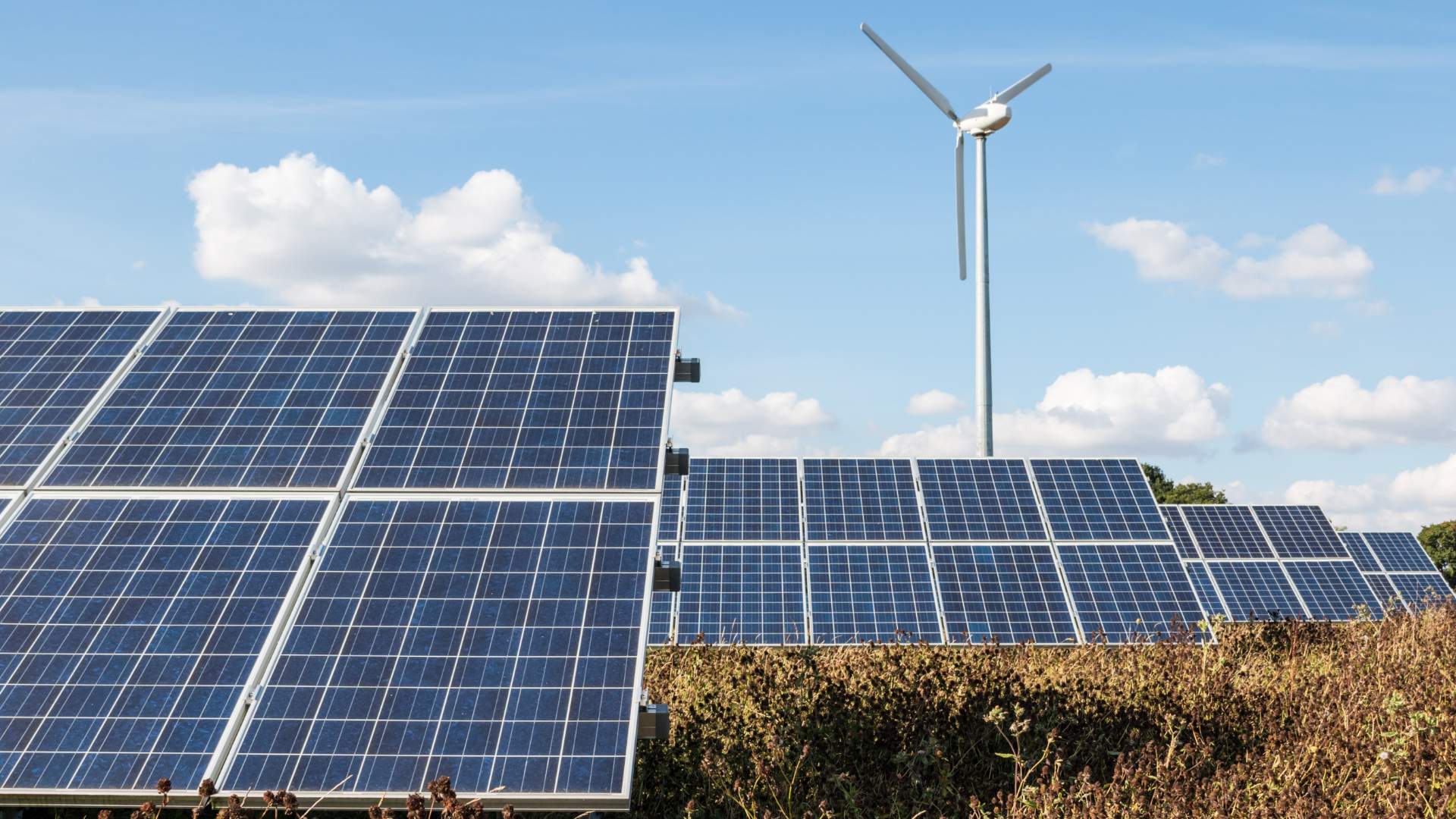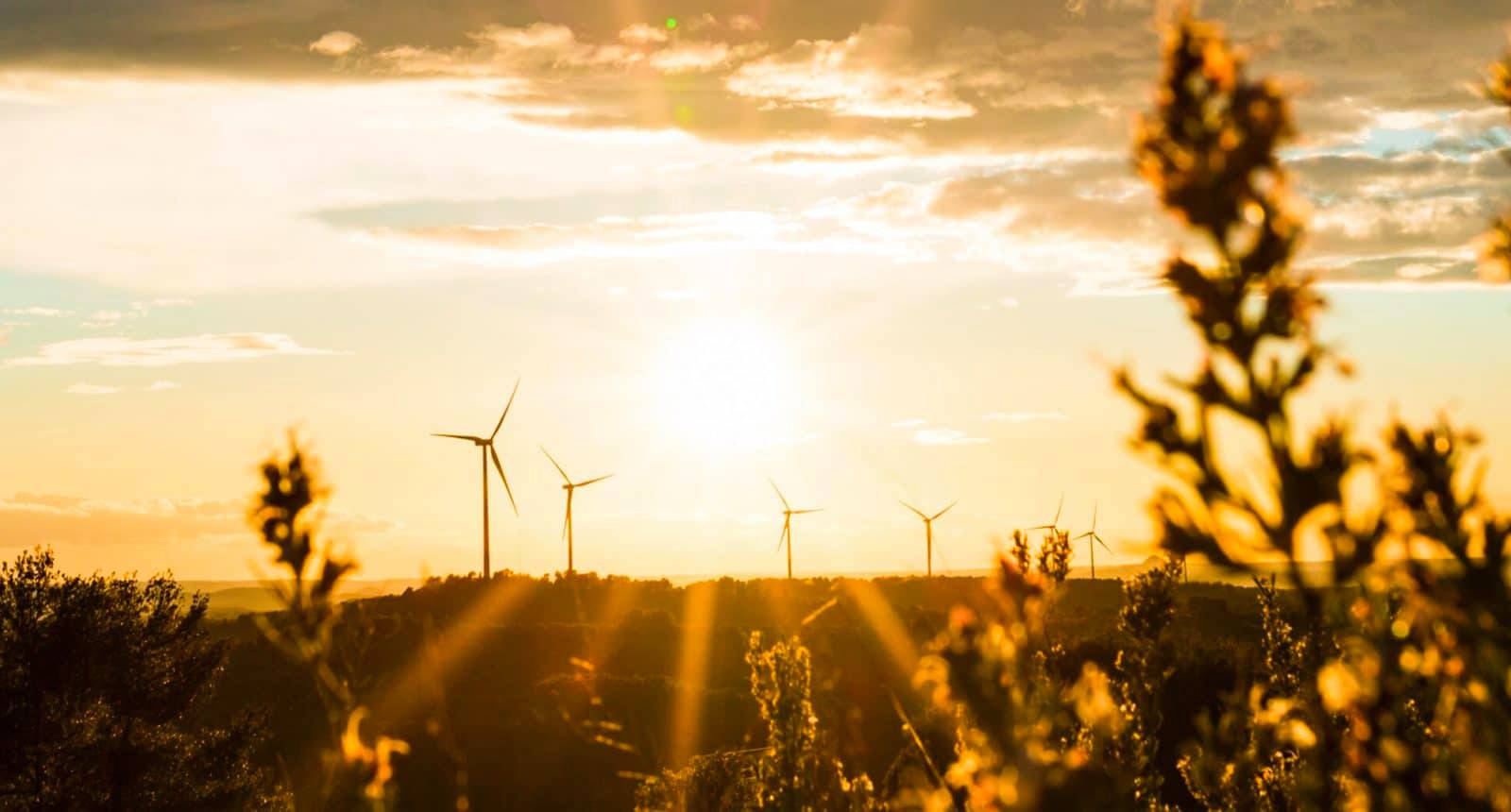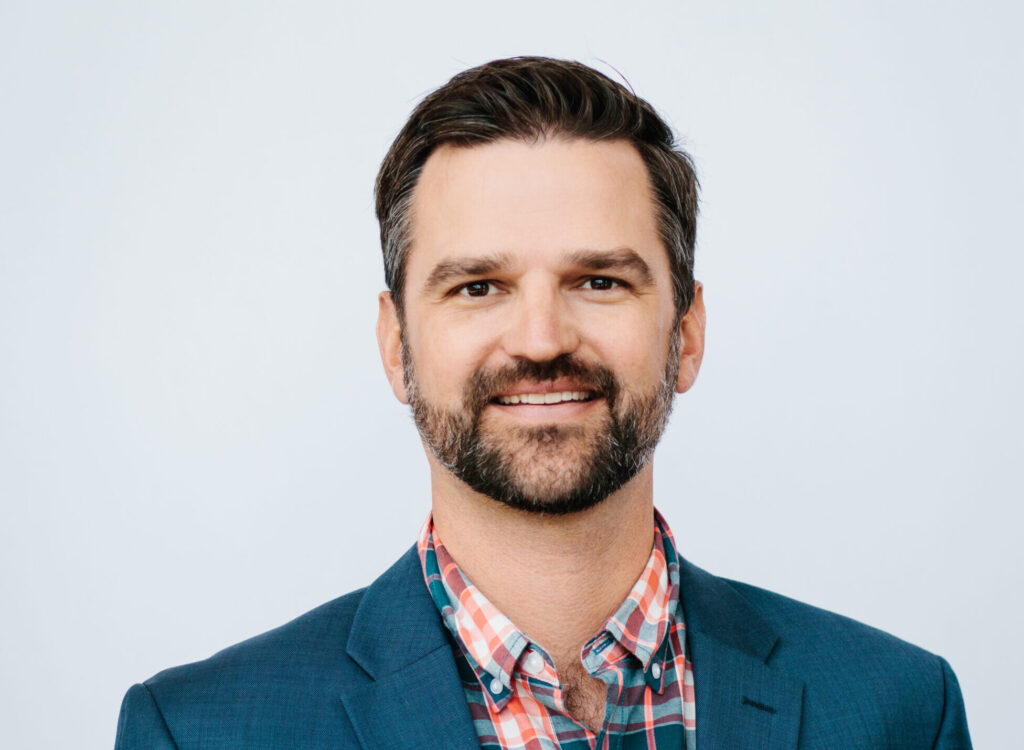The Clean Energy Procurement Academy launched to equip companies with the skills and knowledge required to access clean energy with foundational support from Apple, Amazon, Meta, Nike, PepsiCo, and REI Co-op.
[WASHINGTON, D.C., October 25, 2023] – Supply chain emissions account for more than half of global greenhouse gas emissions and can represent the majority of a company’s total carbon footprint. In an industry first, leading corporate energy customers came together to launch the Clean Energy Procurement Academy to equip companies with the technical readiness to explore and adopt clean energy, an essential factor in global decarbonization.
“To address the climate crisis, we need to act quickly to expand access to clean energy around the world. Businesses can help drive that change,” said Sarah Chandler, Apple’s Vice President of Environment and Supply Chain Innovation. “As we make progress to ensure every Apple product is carbon neutral by 2030, we will continue to work closely with our global suppliers to support their transition to renewable energy. We’re proud to collaborate with CEBA and others to expand those efforts beyond our supply chain and across industries.”
Apple and Nike initiated the project through the Clean Energy Buyers Institute (CEBI) and were joined by Amazon, Meta, PepsiCo, and REI Co-op as founding organizations to plan and execute the Clean Energy Procurement Academy.
“We continue to leverage our scale to drive impact and support suppliers in mitigating their climate risk,” said Noel Kinder, Chief Sustainability Officer at Nike. “The Clean Energy Procurement Academy is key to breaking down barriers to clean energy adoption, while also helping us demonstrate demand and advocate for clean energy solutions in essential regions. Collaborating cross-industry helps us tackle systemic challenges together.”
“Accelerating the transition to clean energy is crucial to avoiding the most severe impacts of climate change and meeting our net zero carbon commitment. This is why Amazon has been the world’s largest corporate purchaser of renewable energy for the last three consecutive years,” said Kara Hurst, Vice President of Worldwide Sustainability at Amazon. “We know that actions to address climate change will be more impactful when we join together with others and all share what we’ve learned. We are excited to collaborate with the Clean Energy Procurement Academy to empower Amazon suppliers and other businesses to decarbonize their energy operations alongside us.”
Designed to speed up the integration of clean energy into global supply chains, the Academy will blend in-person and online training, along with comprehensive educational resources to:
- Boost supply chain companies’ capacity to invest in renewable energy through education and data accessibility.
- Foster synergy among different industries tackling shared challenges in supply chain climate action.
- Encourage supply chain companies to escalate their renewable energy goals and commitments.
- Establish new renewable energy buying communities in pivotal manufacturing regions.
“REI is proud to be part of the Clean Energy Procurement Academy. As a co-op, we believe in collaborating with other leading brands on the greatest problem facing our business and society. We’re excited to work alongside our partners to accelerate supplier decarbonization efforts by developing a platform that is more powerful than what any company could develop alone,” said Kate Wendt, VP Strategy, Transformation & Sustainability.
“At PepsiCo, we are eager to help lead the way toward net-zero. Climate change threatens the prosperity of people and communities, especially those within our business’ agricultural supply chain with threats to biodiversity, temperature extremes, adverse weather events, droughts, and coastal flooding, and more,” said Roberta Barbieri, VP, Global Sustainability, PepsiCo. “Renewable energy plays an important part in helping us reach our climate goals and in our efforts to drive a Positive Value Chain. With the launch of the Clean Energy Procurement Academy, we’re proud to share PepsiCo’s experience and play a role in shaping training and tools to support organizations looking to embed clean energy into their global supply chains.”
“Meta recognizes the critical urgency of climate action and has committed to achieving net zero emissions across our value chain in 2030. We know that reaching net zero value chain emissions will not be an easy task, and it will take cross-industry collaboration to raise tides and lift all boats. We are excited to partner with CEBA and our corporate partners here, so climate action can become as easy as possible for our suppliers and their upstream value chain,” said Blair Swedeen, Global Head of Net Zero and Sustainability.
Apple, Amazon, Meta, Nike, PepsiCo, and REI launched The Clean Energy Procurement Academy to build capacity of select supply chain partners in energy markets that contribute material volumes of greenhouse gas emissions. The founding organizations pooled their expertise and internal training resources to design a shared training curriculum and delivery processes that enable trainees to rapidly mature as clean energy customers.
The Clean Energy Procurement Academy is also supported by the We Mean Business Coalition and will inform curated insights to support more energy customer companies, supply chain partners, and geographies. Through the collaborative efforts of these corporations and suppliers, the initiative aims to rapidly advance clean energy procurement, address Scope 3 emissions, and decarbonize global supply chains.
The Clean Energy Procurement Academy is the first major initiative of CEBI’s Global Programs, which launched in 2022 with foundational funding support from Google.org.
For further details on the Clean Energy Procurement Academy or media inquiries, please contact Monica Jaburg, Director of Strategic Communications (mjaburg@cebuyers.org).
###
The Clean Energy Buyers Institute (CEBI) is a public benefit charity dedicated to solving the toughest market and policy barriers to achieving a carbon-free energy system. To learn more, visit www.cebi.org.














